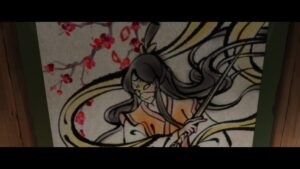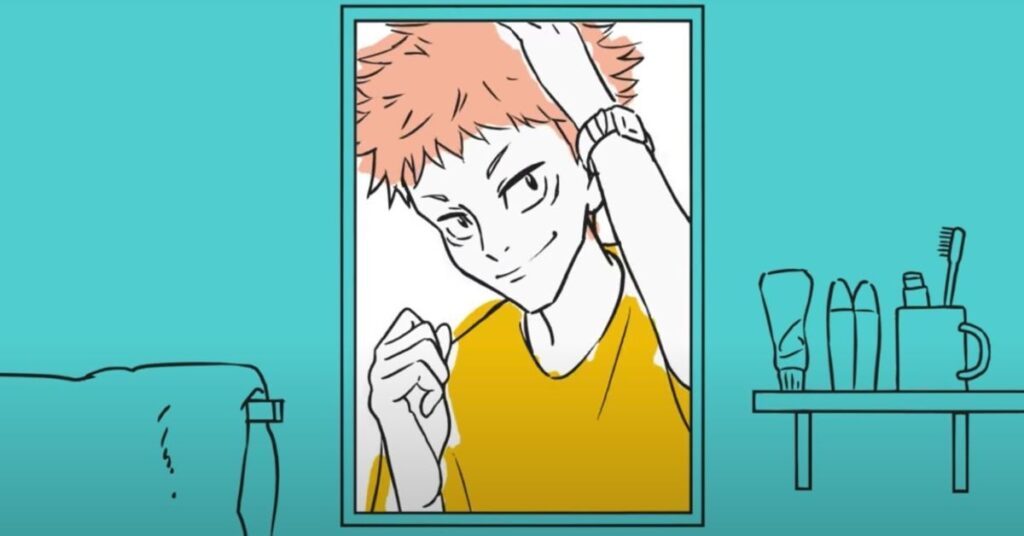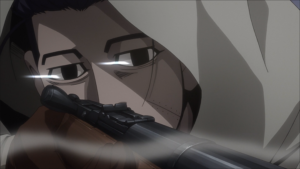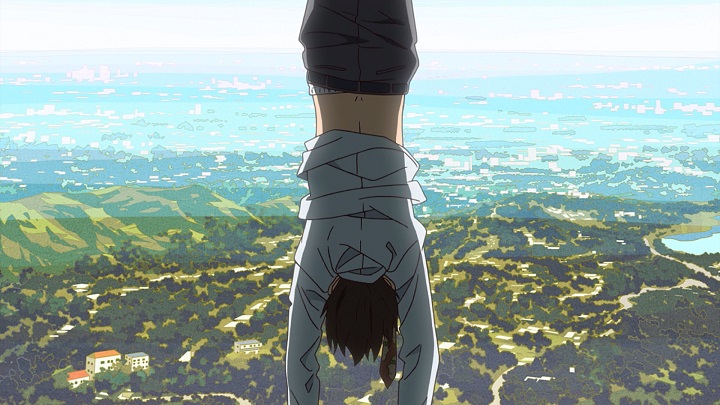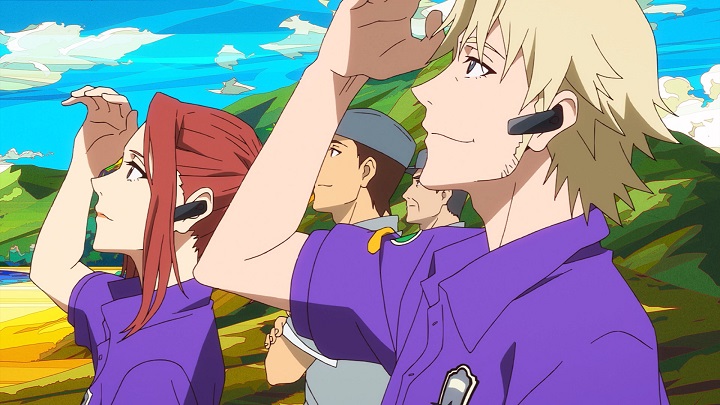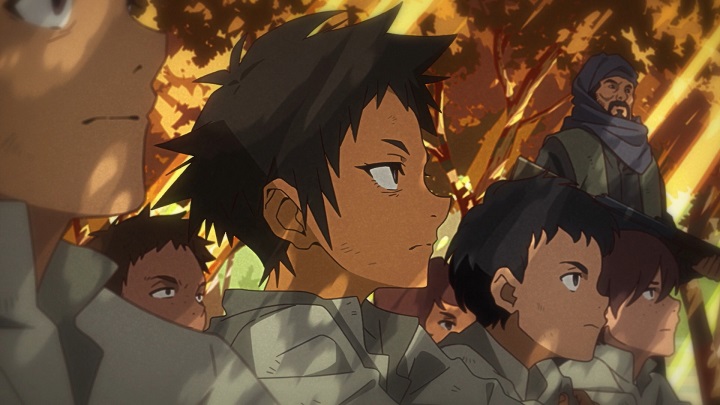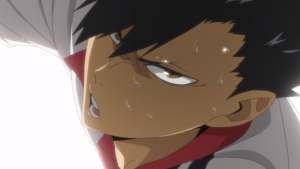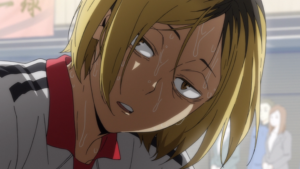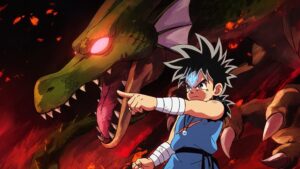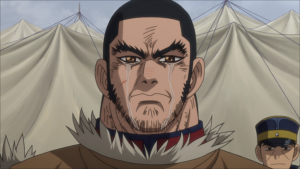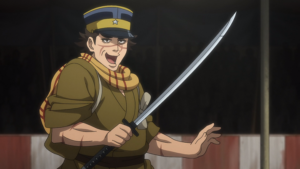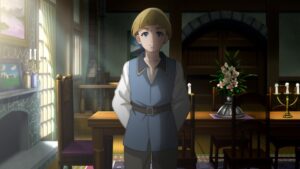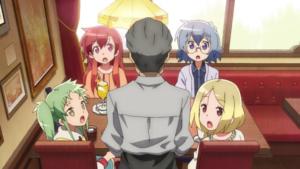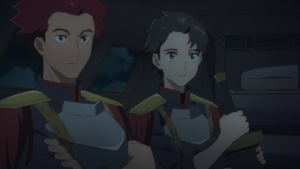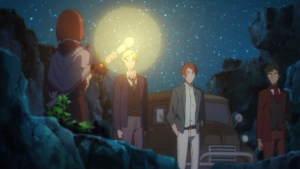Wooper: After making way for our quarterly State of the Season post last week, the recap post has returned with a value-sized installment. I might fall down on the job where my episodic reviews are concerned, but the weekly summary arrives on time, come hell or high water. There’s a new show under Lenlo’s microscope before the jump, plus double episode impressions for the usual suspects afterwards. Have at ’em!
Heaven’s Official Blessing – 4/5
Lenlo: A new addition to the lineup, by popular request! This was a slow but important two weeks for HOB. Where the first arc sought to establish the world and the setting, this one dedicates itself entirely to character relationships. Specifically between our lead and Xie Lian and our Antagonist (?)/Love Interest (?) Hua Cheng. And across both of these episodes I can say… it did a pretty good job of it. I’m not a big fan of BL, mostly because romance isn’t my genre. But the interplay between Lian and Cheng was rather interesting. Lian, a heavenly official trying to suss out who Cheng really is, and Cheng who could be simply playing with Lian or legitimately interested. This early into the series it’s too early to truly tell one way or the other. But for what I expected to be two boring episodes, HOB did a great job playing them off each other and establishing this relationship and I am looking forward to more.
Oh and one last thing of note that I almost forgot, there was some great visual alliteration in these two episodes. I especially liked the story of how Hua cheng earned his name with the white flower, both speaking to his own history as well as to when we first met him a few episodes ago. How he helped Lian, leading him through the forest under his umbrella. It was well done!
Kamisama Ni Natta Hi 06/07
Armitage: To paraphrase one of Shakespeare’s most well-known sonnets, “Thou art a Lolicon, yes?” In all seriousness though, this show is best when it’s not being serious at all. While we finally got back to the shady boy-hacker from Episode 3 and were presented with a head-scratching reveal at the end to tide us over till next week, I don’t know exactly how I feel about it. I mean, I guess this isn’t a fantasy show anymore. Well, it was always just winking at that possibility but now, it’s pretty much embraced the sci-fi genre altogether. Which I mean… yeah, sure. Feels a little shoehorned but the red herrings were there too. There’s also a love triangle being set up at the heart of our narrative though unlike other love triangles (read: Harems) in anime, I actually don’t mind multiple girls falling head over heels for our protagonist, as Sota is a very likeable one. Though, honestly if you were to ask me to choose between this show trying its hand at new ways to incorporate drama into its story or the viewers being treated to 12 episodes of Sota and co. shooting a movie, I’d choose the latter all day, every day.

